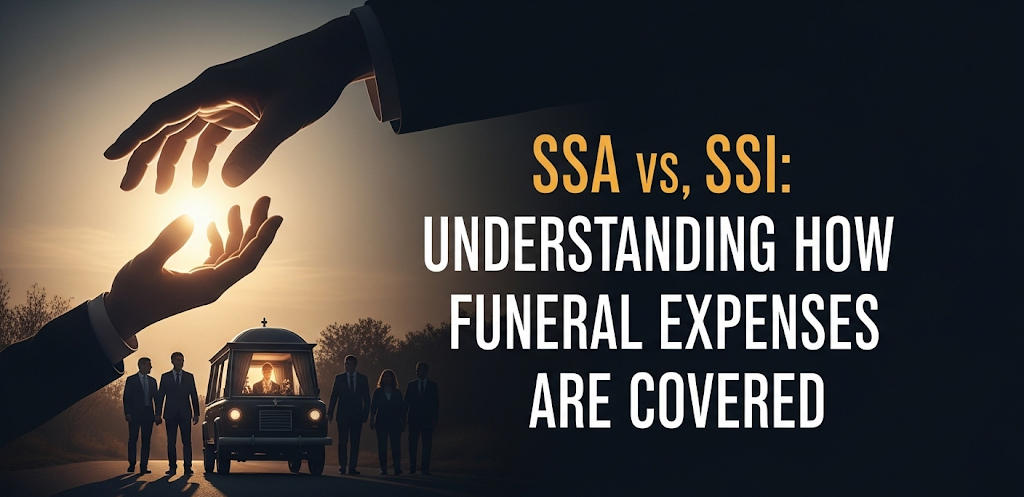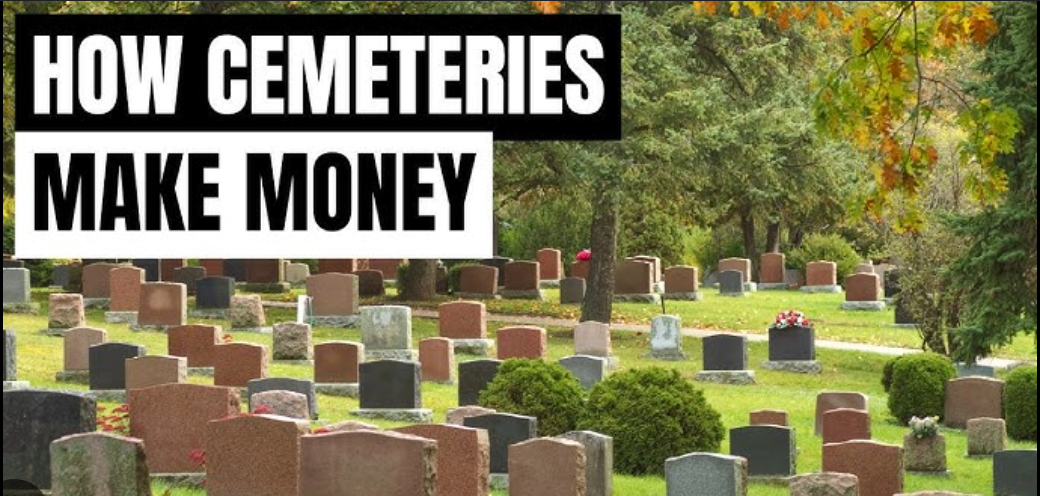Ashes or Cremains? What are they?
Cremated Remains vs. Ashes: Understanding the Difference

When discussing the process of cremation, many people use the terms "cremated remains" or “cremains” and "ashes" interchangeably. While it may seem like a harmless mix-up, there are key distinctions between the two terms that reflect both the process of cremation and the physical outcome. Understanding these differences can provide clarity, especially when making important decisions about memorialization and final wishes.
What Are Cremated Remains?
Cremated remains refer to what is left after the human body individually undergoes the cremation process. Despite the common assumption that the result is a fine, powdery substance like fireplace ash, cremated remains are actually composed of calcium compounds or bone fragments that have been further processed into a granular form. This material typically has a coarse, sand-like texture and may range in color from white to gray or even brown, depending on factors such as a casket, if any, or the individual’s bone composition among others.
The cremation process involves subjecting the remains to intense heat and flame in a specially designed chamber called a retort leaving only basic components, the skeletal structure behind. Through the use of a suitable fuel, incineration of the container and contents is accomplished, and all substances are consumed except bone fragments or calcium compounds. After a cooling period, these fragments are mechanically processed into a finer, uniform consistency to create what is known as cremated remains. All non-combustible materials such as dental bridgework, prosthetics, and casket hardware will be separated and removed from the human bone fragments by visible, magnetic, and mechanical selection and will be disposed of by the crematory in a non-recoverable manner.
Why the Term "Ashes" Is Misleading
The term "ashes" is a colloquialism that can create misconceptions about what is actually returned after cremation. Unlike the soft, fluffy residue left by burning wood or paper, cremated remains are denser and more substantial. This misunderstanding may stem from a time when cremation was less common, and people made assumptions based on their experiences with combustion in other contexts. It's important to note that no actual ash from the cremation process remains. Instead, what families receive are the uniformly processed bone fragments. Using the more precise term "cremated remains" or “cremains” better reflects the physical reality and can help avoid confusion during conversations about memorial options.
Why Language Matters
Using accurate terminology can be particularly meaningful in situations involving grief and remembrance. For families, understanding the nature of cremated remains can influence how they choose to honor the deceased. Some may prefer to scatter the remains in a special location, while others opt for permanent placement in an urn, a columbarium, a grave or even incorporation into memorial objects like jewelry or art.
Furthermore, legal and regulatory frameworks often refer specifically to "cremated remains." Understanding this distinction is crucial when dealing with transportation, scattering permissions, or burial regulations.
Final Thoughts
While the terms "cremated remains" and "ashes" may often be used interchangeably, recognizing the difference is more than a matter of semantics. It reflects a deeper understanding of the cremation process and can provide comfort and clarity to those navigating the loss of a loved one. By using the correct language, we can foster more informed and compassionate conversations about end-of-life choices and the ways we commemorate those who have passed on.
#crerancelebration #heartfelt













